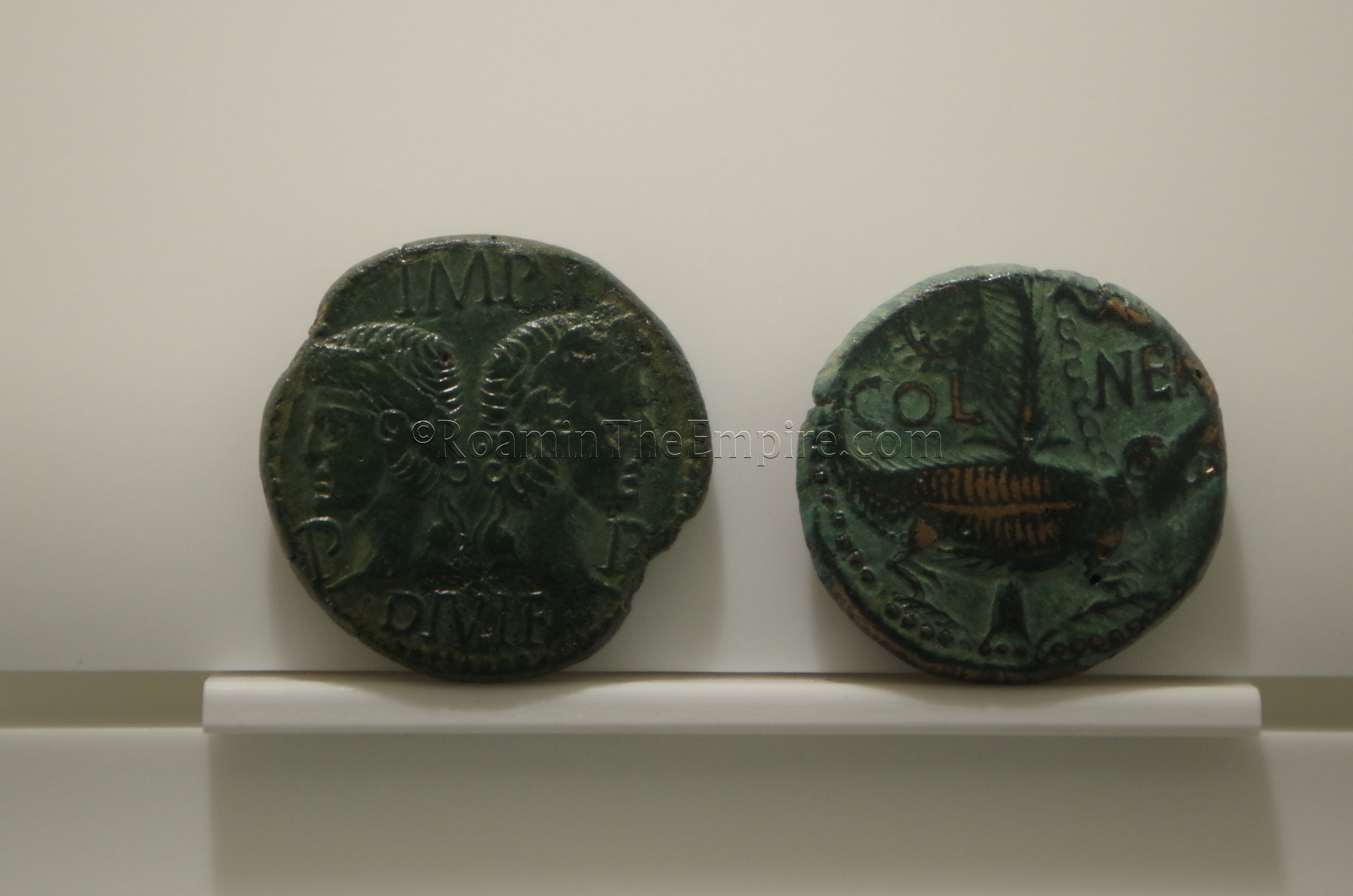
History
As was the case at Glanum, the origins of the settlement of Nemausus seem to lie in the presence of a sacred spring and sanctuary dedicated to that deity of the spring. Located in the territory of the Volcae Arecomici, a settlement grew in the area during the 3rd and 2nd centuries BCE, connected with a sanctuary to Nemausus, the Gallic deity associated with the sacred spring. Evidence of habitation, however, stretches back as far as the 6th century BCE. The settlement is later described by Strabo as being the capital of the Volcae Arecomici. When Roman hegemony came to the area in 120 BCE, Nemausus seems to have initially fell under the influence of the Roman allied city-state of Massalia. With the construction of the Via Domitia in 118 BCE, Nemausus became a point of some strategic importance along that road.
During the civil war of Caesar and Pompey, Massilia chose to support Pompey and was punished by Caesar in the form of the stripping of much of its territory, among which seems to be Nemausus. Firmly under the authority of Rome, a colony was likely sent to Nemausus by Caesar and the city was conferred Latin rights sometime before 37 BCE. After the ascension of Augustus, the emperor formally bestowed the title of Colonia Augusta Nemausus Voltina tribu in 27 BCE. It was at this time that a colony composed of veterans, probably Egyptian Greek troops from Marcus Antonius’ forces at the Battle of Actium, was settled at Nemausus. The presence of these veterans led to the use of the image of a crocodile chained to a palm tree (representative of the recent conquest of Egypt) in association with the city; an image that is still noticeably in use around the city even today. Augustus’ patronage greatly increased the status of the city, with several important monuments being dedicated to the emperor and the city growing to an estimate of between 40,000 and 60,000 inhabitants during his reign.
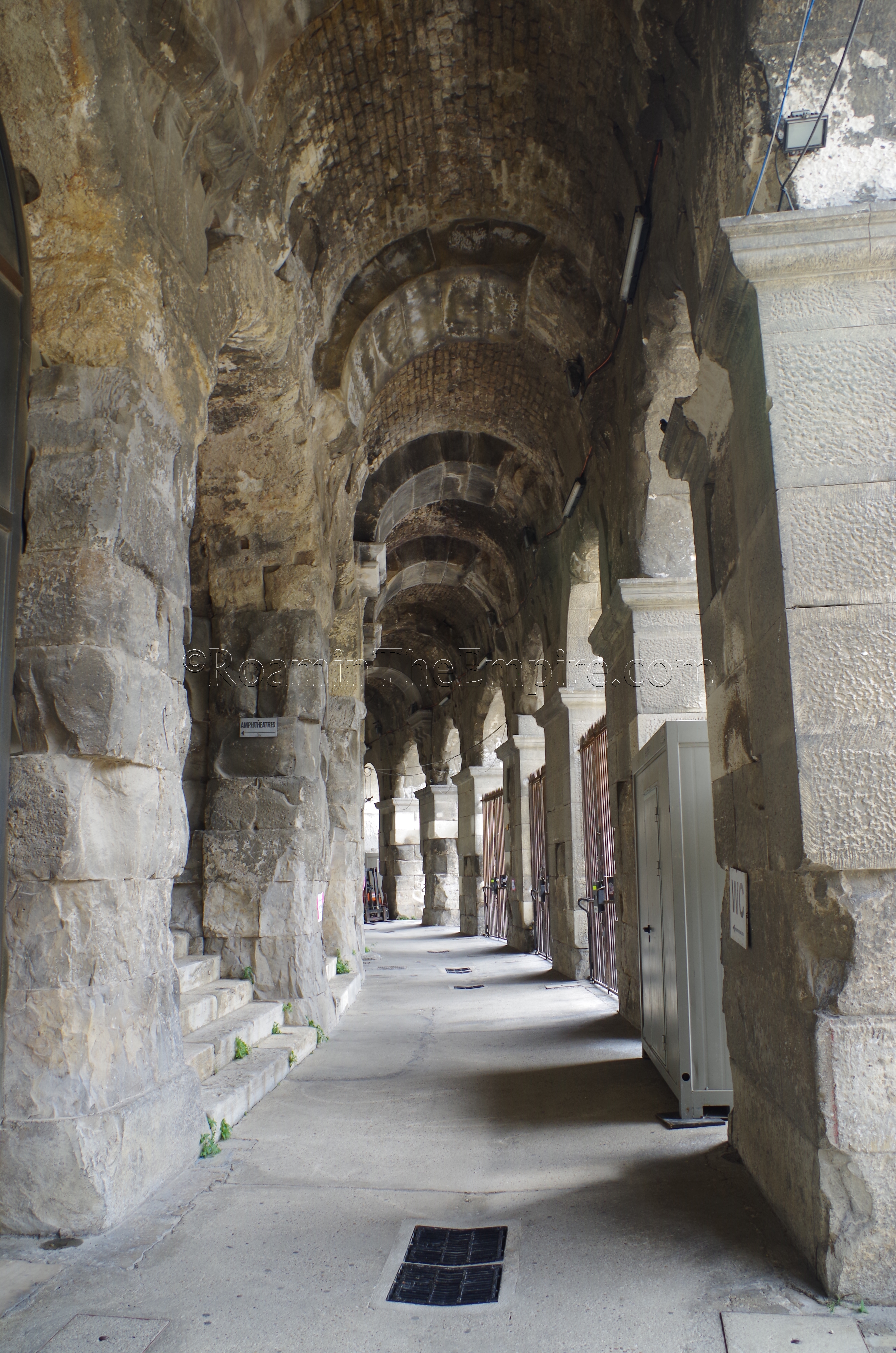
At some point the proconsul of Gallia Narbonensis was transferred from Narbo Martius to Nemausus. Some sources state this as happening as early as the reign of Augustus. The other more likely scenario comes a bit later during the time of Antoninus Pius, whose father was from Nemausus, following a fire at Narbo Martius. Trajan’s wife, Pompeia Plotina, was said to have been born there as well, and upon her death, Hadrian built a temple dedicated to her in Nemausus, though no surviving evidence of the temple has yet been found. The city reached a peak of prosperity in the 2nd century CE, with important building projects being constructed at this time and imperial building projects occurring as late as the reign of Constantine. By the end of the 4th century CE, however, large swaths of the city seem to have been abandoned and uninhabited. By 473 CE, the city was taken and incorporated into the territory of the Visigoths.
Getting There: A city of over 150,000 inhabitants, modern Nîmes is well connected to other cities in the area by both rail and bus service, making a trip here relatively easy. The nearby Aéroport Nîmes Alès Camargue Cévennes primarily serves flights to and from just a few destinations (London, Belgium, Morocco), but the much larger Aéroport Marseille-Provence is just an hour and a half away by car and is also accessible by several direct and indirect trains to and from Nîmes daily.
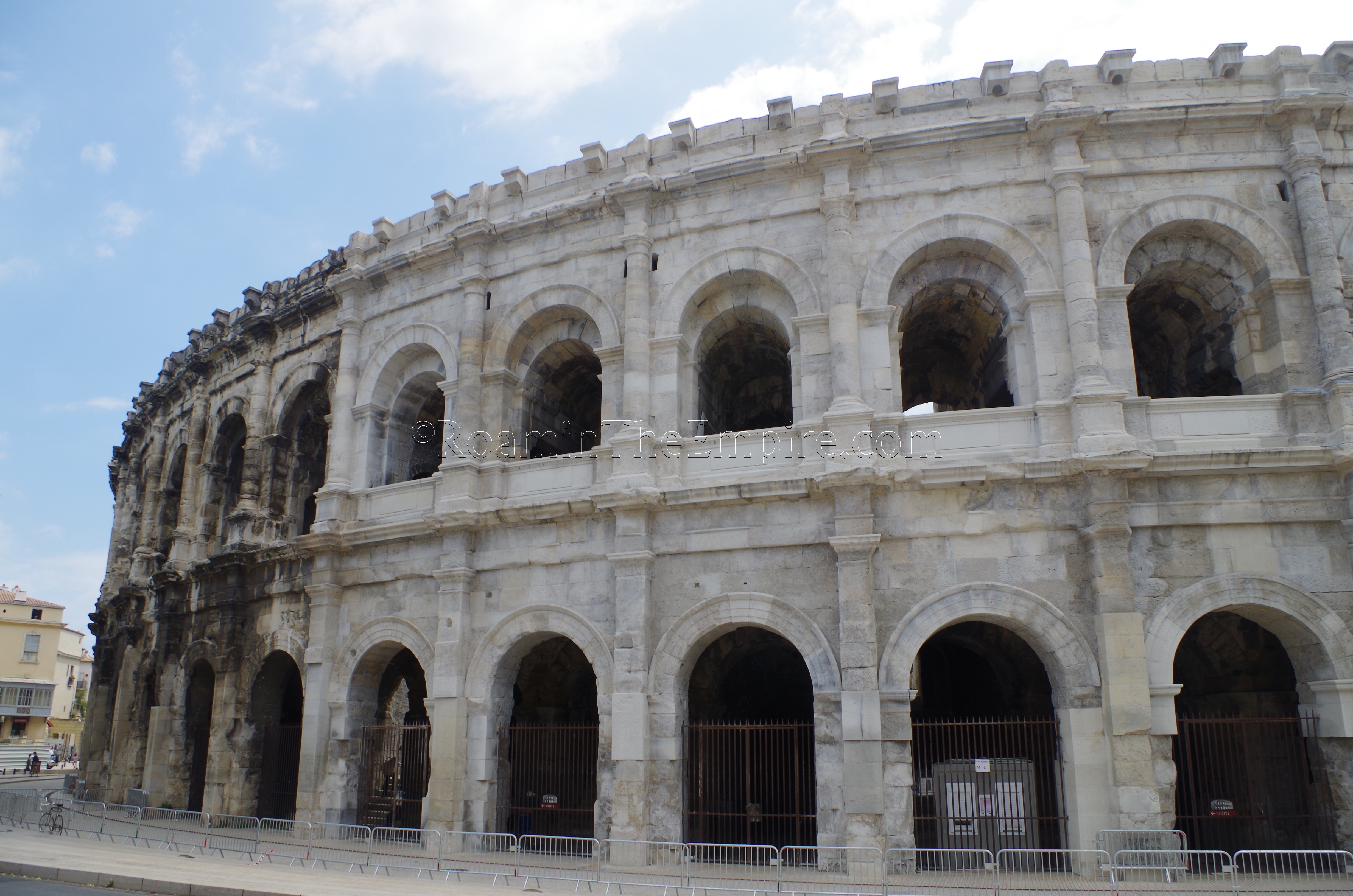
Amphitheater
There are a number of remains related to Nemausus; and while there is a lot to see, it is possible to visit in a single day. Perhaps the best place to start is the Arènes de Nîmes, the amphitheater. Like many of the larger archaeological monuments in Provence, the amphitheater seems to have a rather complicated scheme of seasonally shifting opening hours. There is also the issue of performance days, which close the amphitheater to visits, which shift from season to season. As such, it’s probably best to consult the website directly for the hours and those days. That being said, the amphitheater is typically open every day. Admission can be purchased in a series of combination tickets. The first is just a three monument pass for the amphitheater, Maison Carrée and Tour Magne at 13 Euros and valid for three days. There is a more extensive Romanity Pass for the three monuments plus the Musée de la Romanité for 17 Euros and also valid for three days. There are two regional passes that include the four sites of the Romanity Pass plus the Pont Du Gard for 24 Euros, or the four sites of the Romanity Pass plus the theater/museum in Orange for 18.50 Euros. Both of the regional passes are valid for a month and are a great deal for anyone planning on seeing those sites. The latter two passes are also available at the sites outside of Nîmes that they serve.
The exact construction date of the amphitheater of Nemausus, which held about 20,000 spectators, is unknown due to a lack of dedicatory inscriptions. It is, however, generally considered to be roughly Flavian in date, probably being constructed in the last decade of the 1st century CE or first decade of the 2nd century CE. The arena is used for modern performances (and was being prepared for one the night I visited), so there are a lot of modern constructions that allow it to be used for that purpose; many of which seem to be more or less permanent. These are especially prevalent in the summer, so expect stages and limited access to the lower areas of the amphitheater. The upper tiers of seating are relatively unobstructed and seem to be original. The low wall at the top of the seating allows the post holes for the securing of the velarium.
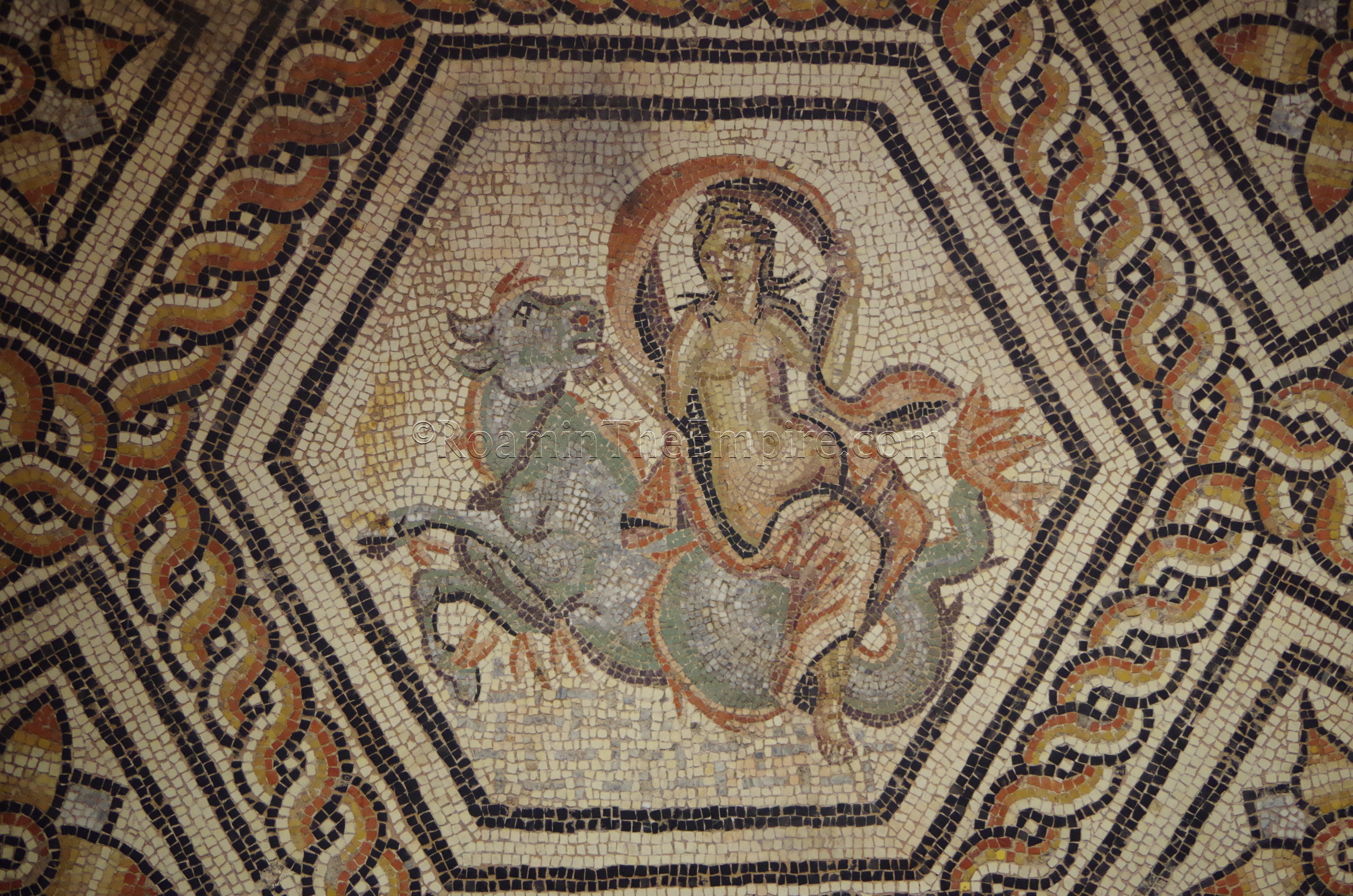
Musée de la Romanité
Just a few meters from the amphitheater is the brand new Musée de la Romanité, opened just a week and a half before I visited in June of 2018. From November 5 to March 31, the museum is open every day except Tuesday from 10:00 to 18:00. The rest of the year it is open every day between 10:00 and 19:00. Standard admission to the museum is 8 Euros, though it can also be visited with some of the passes mentioned in the amphitheater information and Nîmes museum passes that are 17 Euros for 3 days of validity.
Both the interior and exterior of the museum are sleek and modern. The artifacts are well presented and the collection is certainly top notch. There is a wide range of objects from coins to small terracotta pieces to inscriptions to statuary. In particular, there was quite a nice collection of inscriptions and depictions of local deities, part of an extensive collection of inscriptions and objects related to the religious life of Nemausus. There were a few excellently preserved/conserved mosaics as well as some wall painting fragments. There was quite a bit of large statuary on display too.
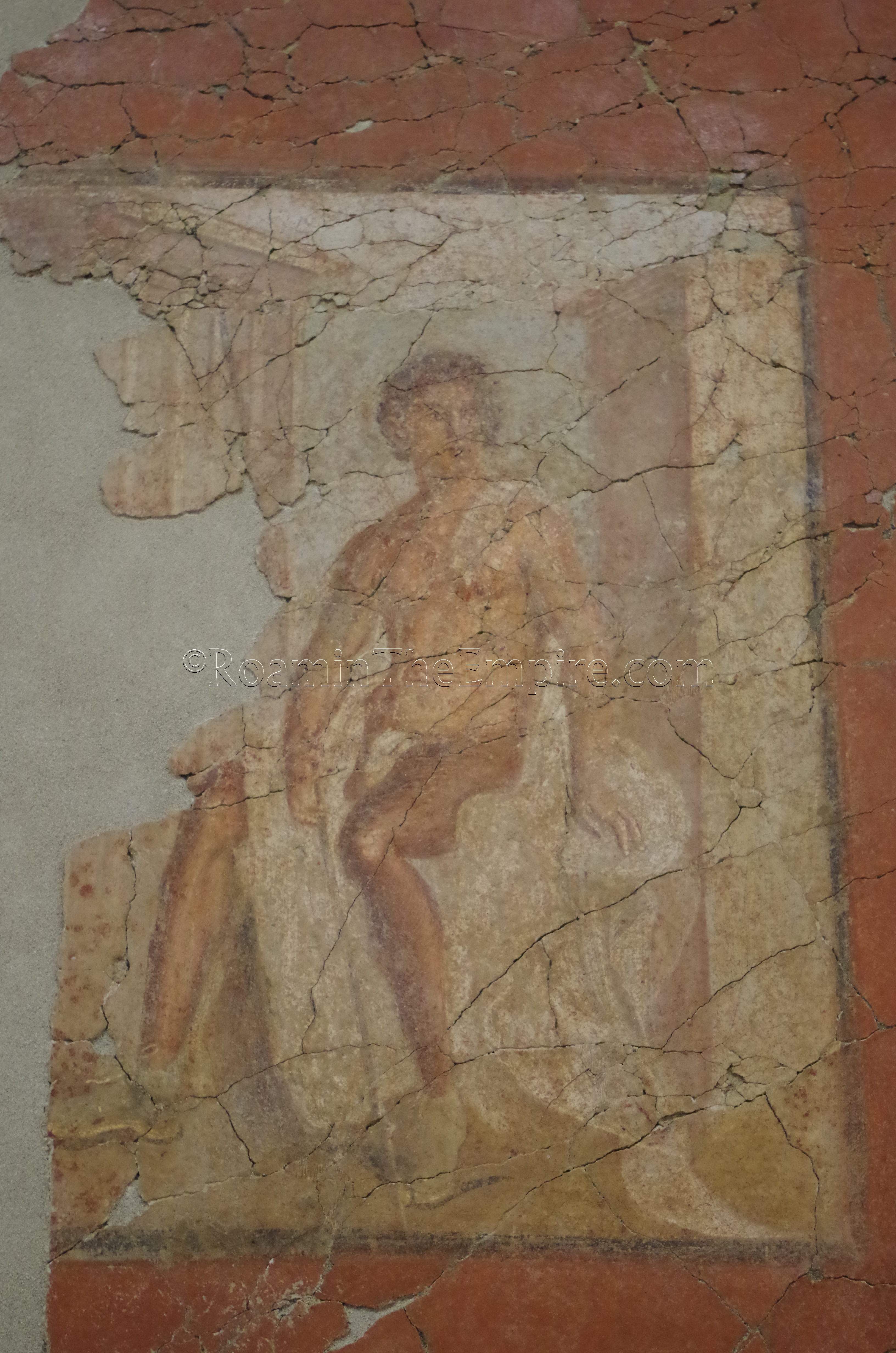
It took me a total of about 2 and a half hours to get through the museum, but that was also including seeing an excellent temporary exhibition on gladiators. Even without the temporary exhibition, it was solidly about 2 hours spent on the main collection. There was lots of information available, but it was solely in French, so that may add some time for those that are able to read through those things. In a city full of some spectacular Roman monuments, the museum certainly places itself among the things that must be seen when visiting Nîmes.
Just to the southeast is the Musée des Beaux-Arts de Nîmes, which was closed for renovation when I was in Nîmes. While the collection is mostly later artworks, there are apparently a few Roman antiquities here, not least among them is a mosaic preserved in the floor of the atrium. The museum is now open daily from 10:00 to 18:00, except for Mondays, when it is closed. Admission is 5 Euros.
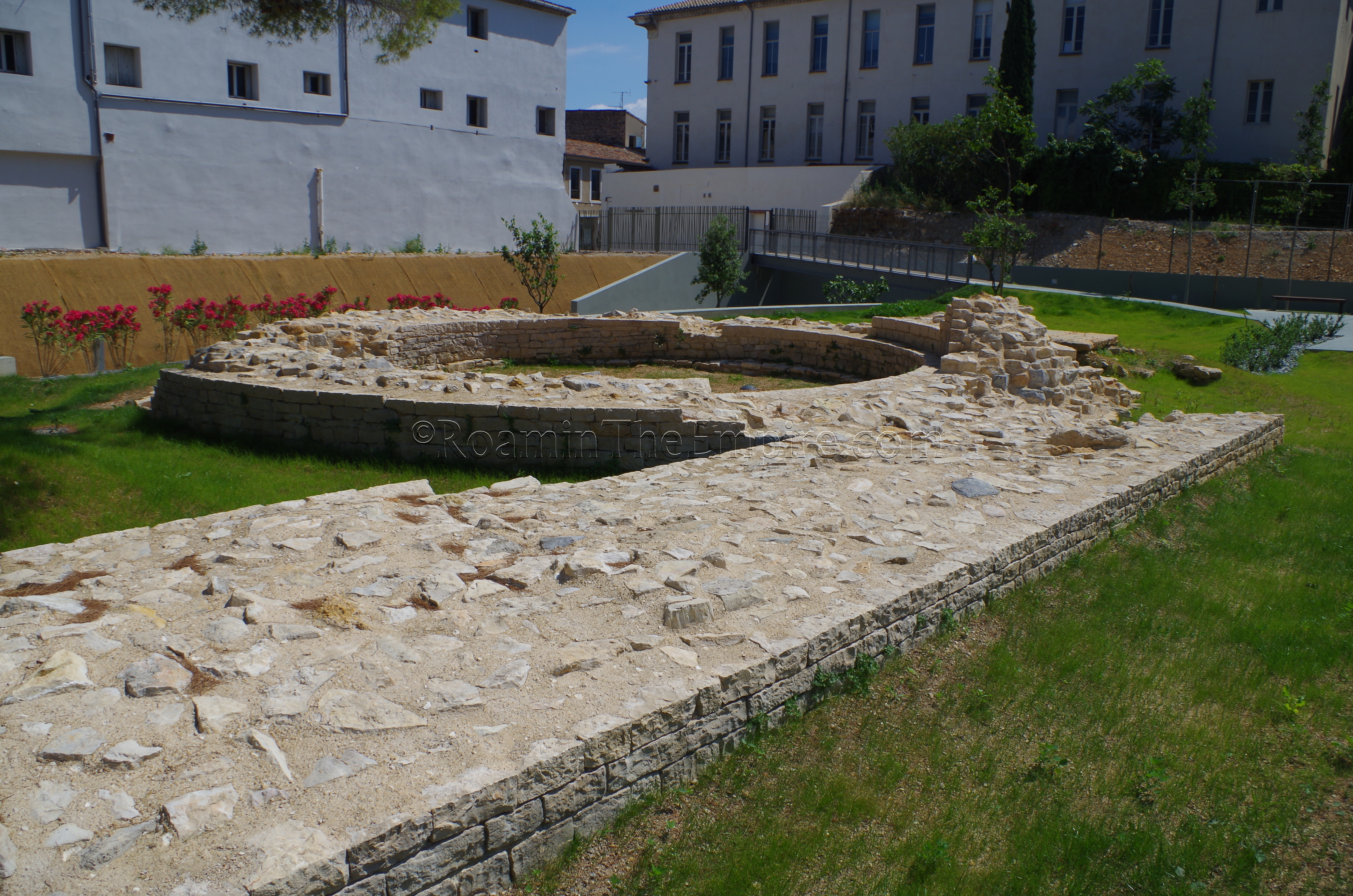
City Walls
Adjacent to the museum to the southwest, and accessible independently of the museum, are the Jardins du Musée de la Romanité. While admission to the museum is not necessary for entrance to the garden (which is free), there are gates to close off public access. From April to November, it is open every day from 8:00 to 20:00, while the rest of the year it is open from 8:00 to 19:00. Within the gardens are the remains of a roughly 35 meter stretch of the Roman era city walls as well as the foundations of one of the defensive towers. The preservation of the walls is just a couple of courses high.
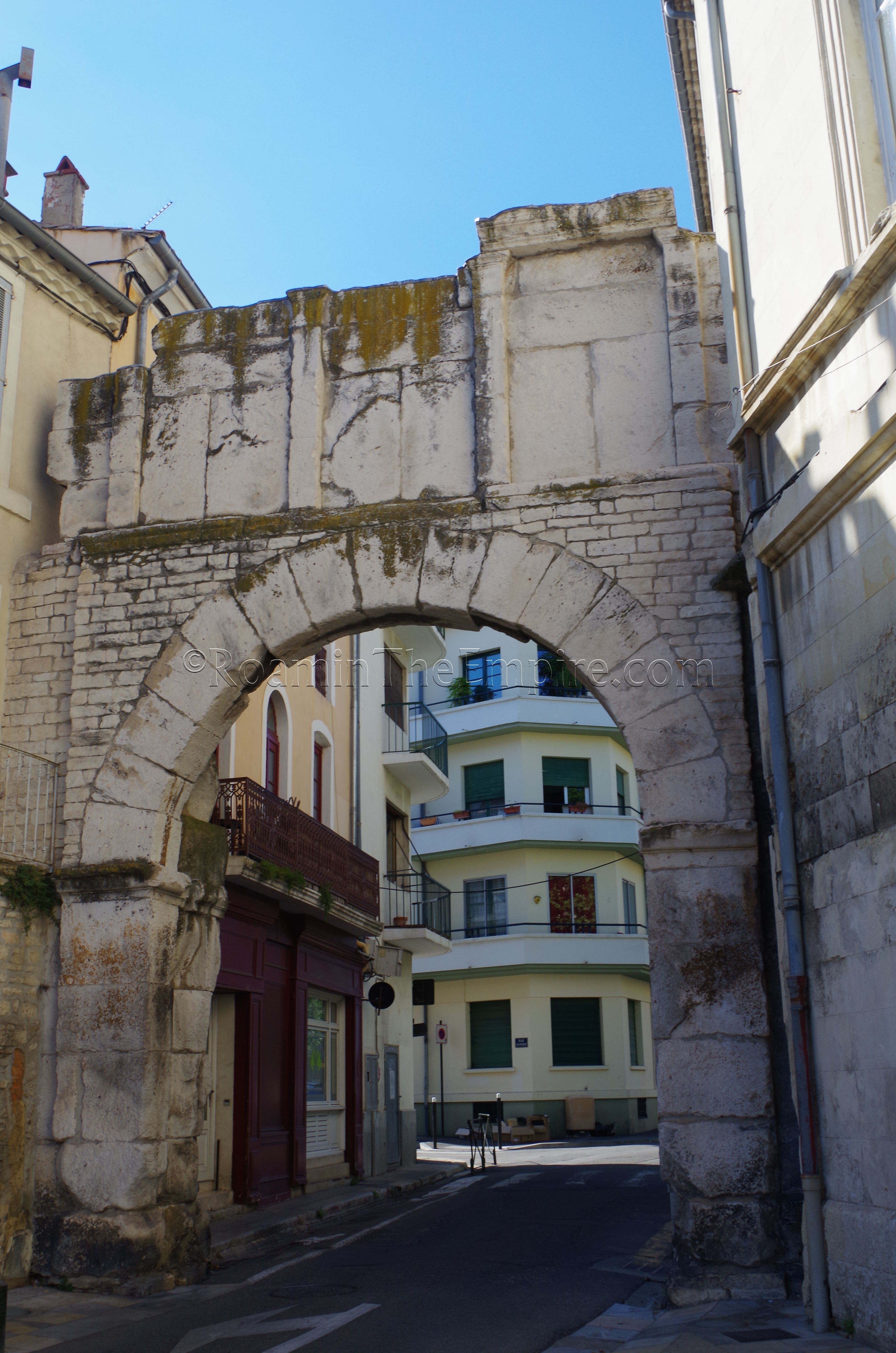
Following the line of the walls, about 90 meters to the southwest of the tower (though there is no direct line to get there, one must cut to the south and around some buildings) is a gate in the city walls through which the Via Domitia passed to the southwest of Nemausus. The modern name for the gate is the Porte de France and it spans the Rue Porte de France. The gate would have originally been flanked by two towers, but is now incorporated into the buildings on either side of the road. This gate seems to have been part of the original Augustan circuit of walls and is dated to about 15 CE.
Continued in Nemausus Part II.
Sources:
Bromwich, James. The Roman Remains of Southern France: A Guidebook. London: Routledge, 1996.
Grant, Michael. A Guide to the Ancient World: A Dictioniary of Classical Place Names. New York: Barnes & Noble Books, 1997.
King, Anthony. Roman Gaul and Germany. University of California Press, 1990.
Stillwell, Richard, William L. MacDonald, and Marian Holland. McAllister. The Princeton Encyclopedia of Classical Sites. Princeton, NJ: Princeton U Press, 1976.


